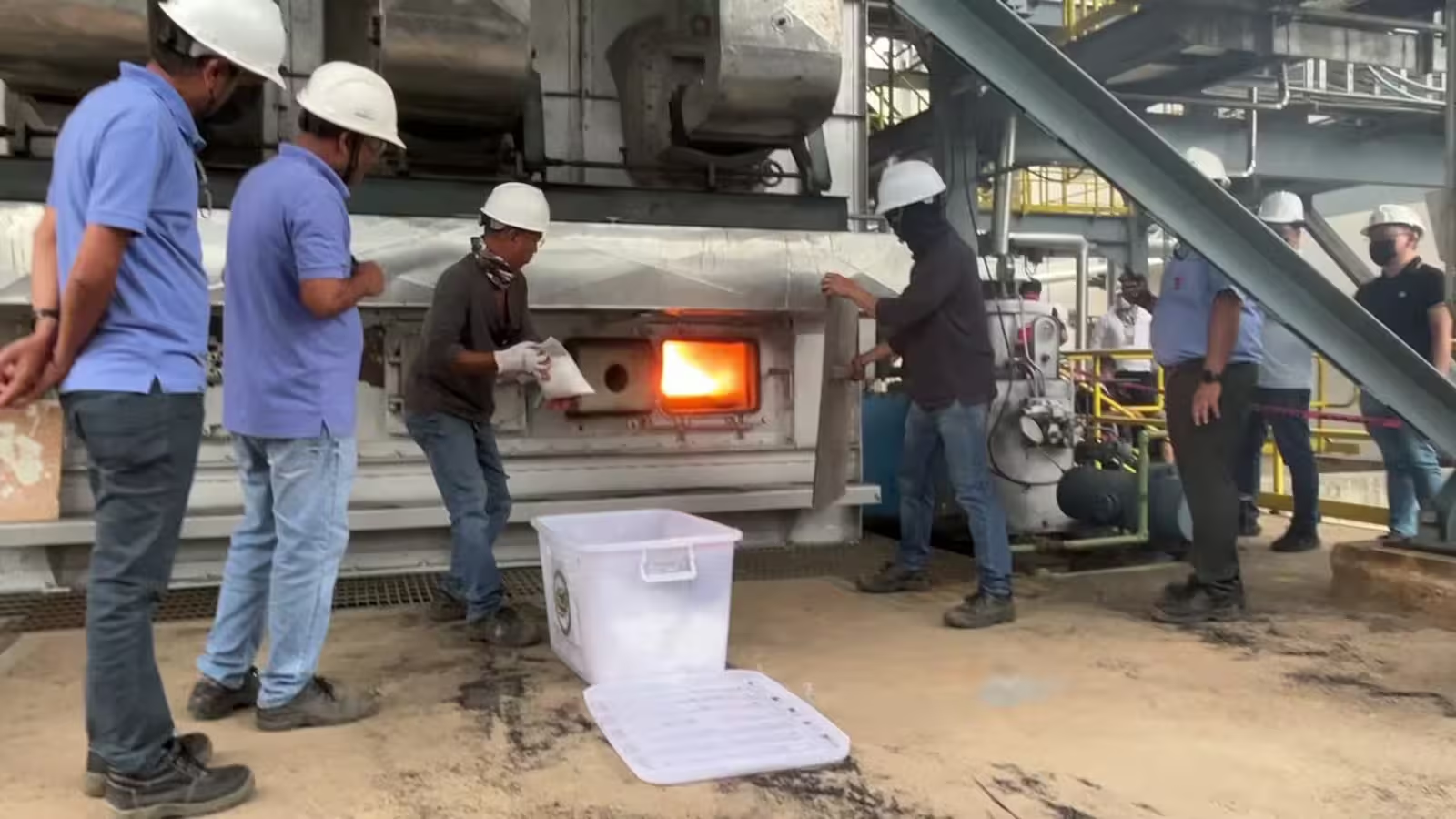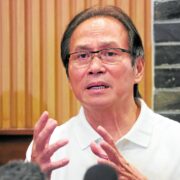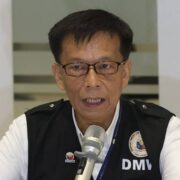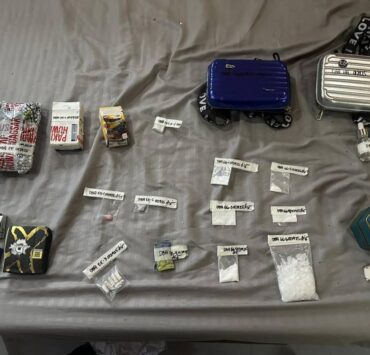PDEA discovers new meth route in Mindanao via Zamboanga

A senior official of the Philippine Drug Enforcement Agency (PDEA) disclosed on Wednesday that the agency is witnessing a new trend in the flow of illicit drugs into Mindanao.
PDEA-10 director Benjamin Gaspi informed reporters about the changing route of drugs being distributed in Mindanao.
Gaspi said that traditionally, the meth sold in the region is smuggled into the country through Luzon, and then transported to Visayas and Mindanao.
But a new pattern has emerged with meth entering the country through the Zamboanga Peninsula from Sabah.
In recent weeks, authorities in Western Mindanao have intercepted at least 22 kilograms of meth coming from Sabah, which confirms the pattern they earlier observed, with the volume of drugs also increasing.
In the last few years, authorities have intercepted meth trafficking into mainland Mindanao from the Sulu archipelago, believed to have come from Sabah. These were packaged in boxes for a Malaysian tea brand.
Also, on Wednesday, some 48.68 kilograms of meth worth P331.2 million and more than a thousand expired pieces of medicines were destroyed by the PDEA-9 at Libertad Power and Energy Corporation (LPEC) in Aurora town, Zamboanga del Sur.
Maharani Gadaoni-Tosoc, PDEA-9 regional director, said it was, so far, the biggest volume of illegal drugs to be destroyed in the region.
The confiscated shabu was destroyed using LPEC’s thermal facility and following strict environmental and safety protocols, according to Tosoc.
She said the destruction was carried out in accordance with court orders issued by the Regional Trial Courts of Pagadian City, Molave, Aurora, and Zamboanga City, and in coordination with key government agencies.
Zamboanga as transshipment point
According to Gadaoni-Tosoc, the drugs were confiscated from several drug enforcement operations around the Zamboanga Peninsula last year, the biggest bulk of which came from the two anti-drug operations in Zamboanga City, which yielded 41 kilos and 7 kilos, respectively.
The remaining cases were from Zamboanga del Sur.
PDEA received information that these illegal drugs were trafficked to Zamboanga City from Malaysia, passing through the Basilan, Sulu, and Tawi-Tawi areas.
And when these drugs reached Zamboanga City, they were then transported to nearby provinces and regions, Tosoc said.
She said that the coastlines of the Zamboanga Peninsula are very vulnerable and porous, hence the need for authorities to intensify their monitoring along these areas this year.
She also said that they had initiated meetings with concerned government agencies to create an Interagency Drug Interdiction Task Group to intensify the monitoring of illegal drugs both in airports and seaports in the region.

















